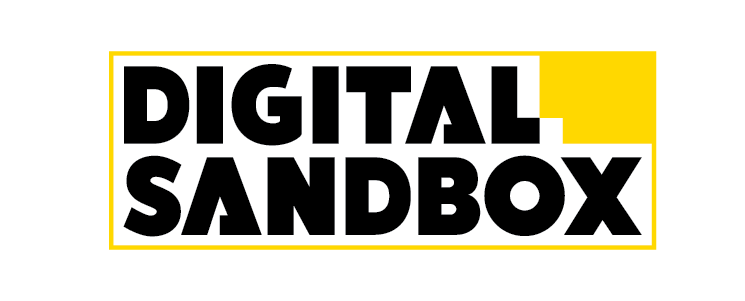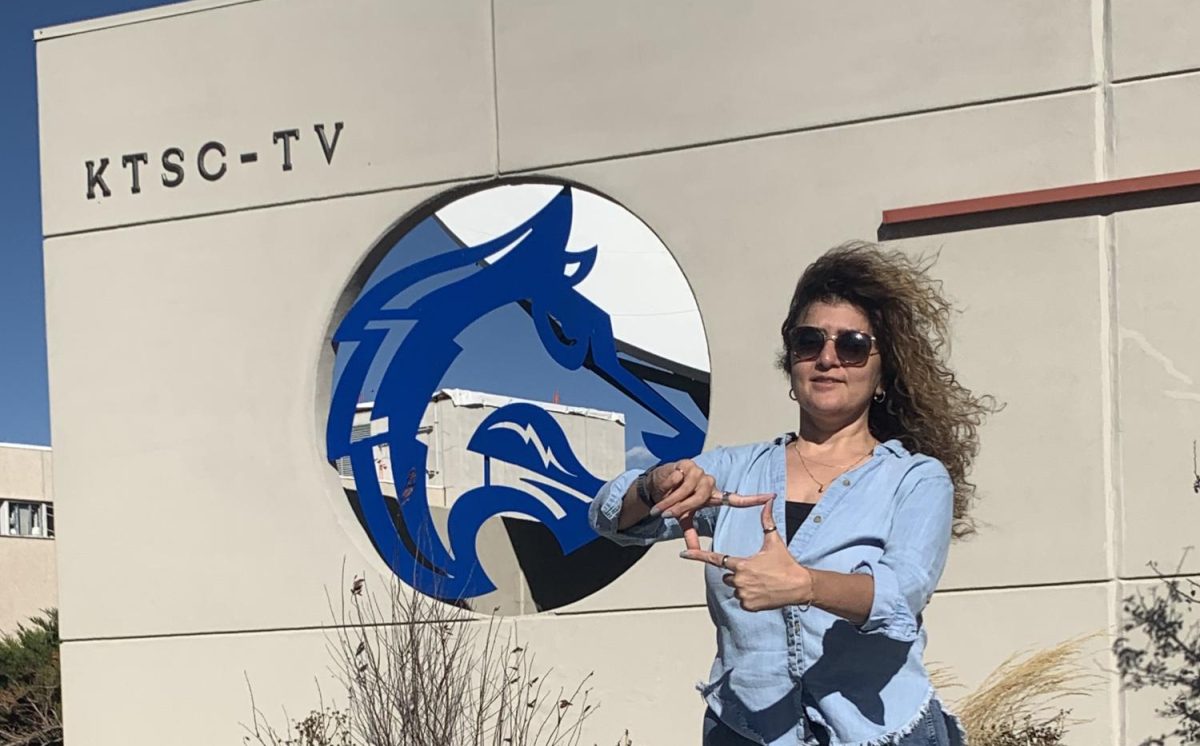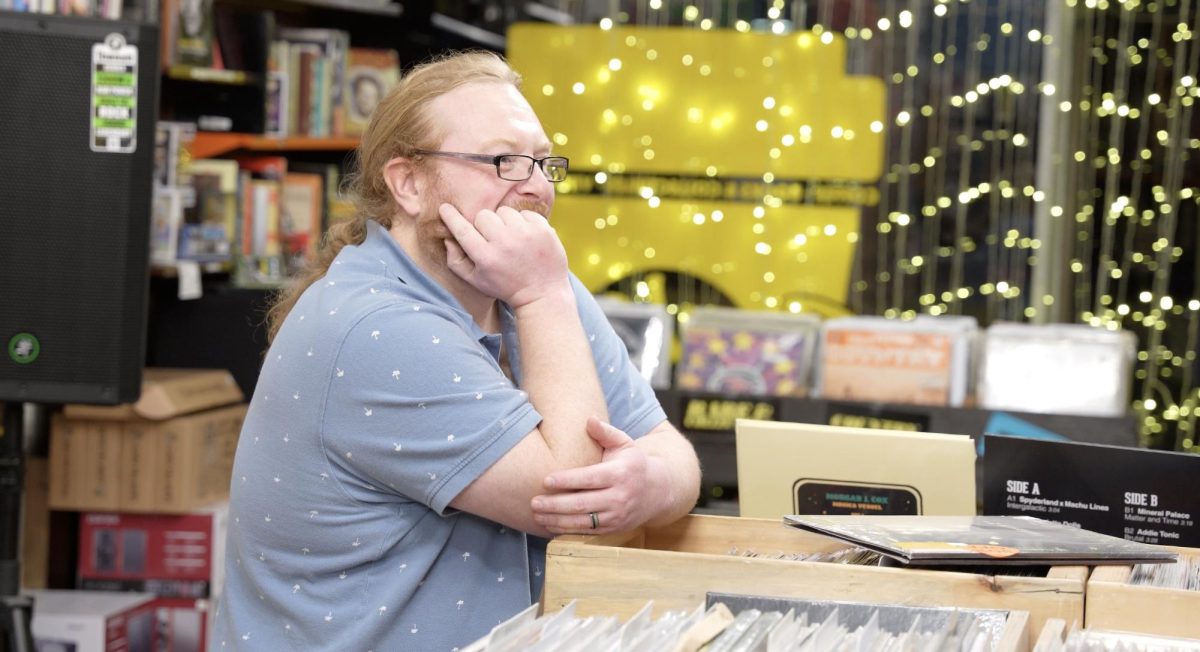
Micro-inequities, or subtle discriminations, are an annoyance as well as a discouraging factor in school, work and social lives, said LaNeeca Williams, director of CSU-Pueblo’s Diversity Resource Center.
The definition of micro-inequities is “Cumulative pattern of subtle, semi-conscious, devaluing messages which discourage and impair performance,” Williams said.
“Micro-inequities can be subtle or unsubtle, conscious or unconscious and verbal or nonverbal,” Williams said. “They can cake the shape of looks, gestures, tone of voice, nuance, inflection, inference or an absence of a message.”
Williams said she decided to host the workshop to make the campus aware of what micro-inequities are. The workshop also discussed how students and staff can approach a situation in which they are faced with a micro-inequity and to minimize micro-inequities by realizing their own personal stereotypes, prejudices and limitations and changing them.
The audience was shown three videos that demonstrated micro-inequities in the workplace.
The first video, “Dinner at the Boss’ House,” involved an equally qualified man and woman who were not offered the same job opportunities because the man was given certain opportunities over dinner at their boss’ house.
The second video, “Subtle Slights and Other Annoyances,” displayed a situation where one employee’s idea is taken by another in a meeting with their boss. The employee who had the idea initially feared that she would be looked down upon if she demanded credit for her idea.
The last video, “How Do You Wash Those Dreads?,” involved a woman talking business with a co-worker. The co-worker tells her he can’t get over how wild and exotic her dread-lock hairstyle is, and asks how she manages to wash it.
“At times, we may have all been guilty of these behaviors,” Williams said. “These videos are to make you aware of how these things affect people personally.”
Williams explained the difference between micro-inequities and rudeness.
“Rude behaviors happen occasionally,” Williams said. “Micro-inequities happen constantly and have a way of boxing a person in or creating a less than positive cultural climate.”
Micro-inequities can impair performance in the workplace by discouraging employees, Williams said. She encouraged the audience to address and confront micro-inequities in the workplace.
“The negative effects of micro-inequities in the workplace are that you’ll leave or you’ll be unhappy. Bring those things to the forefront, do it for yourself,” Williams said.
Williams also talked about social micro-inequities.
“The most powerful aspect of communication is not verbal communication, but nonverbal,” Williams said.
Williams said negative nonverbal cues can be a micro-inequity in a social situation. Among the nonverbal cues were shrugging the shoulders, yawning, tapping of the feet and raising eyebrows. These nonverbal cues, Williams said, are behaviors meant to discourage.
The audience was asked to pair up, sit across from one another and talk for three minutes each. While the speaker talked about three things they did in the last week, the listener was asked to give negative nonverbal cues. The audience then shared their accounts.
“She was rude,” said Kristiyna James, an attendee, of her partner. “Even though it was pretend, I was mad. She actually asked me, ‘Are you almost done yet?’”
The audience agreed that the negative nonverbal cues made them feel devalued.
Williams said that when faced with a micro-inequity, a person should: “Relax. Relate. Release. Don’t release until you’ve done the other two. Use every moment you have like that to educate people, not attack them.”
Williams encouraged the audience to turn micro-inequities into ‘micro-advantages.’
“Talk about the things that offend and upset us, things that are discriminatory towards us,” Williams said. “Encourage your supervisors and co-workers to turn it around and make it positive so you can work together as a team.”
Williams ended the workshop by quoting George Washington Carver, “How far you go in life depends on your being tender with the young compassionate with the aged, sympathetic with the striving and tolerant of the weak and strong, because someday in life, you will have been all of these.”








Natalie Martinez • Jul 19, 2010 at 11:22 pm
I think the first comment made above is a great example of an inequity in how we respond to others when we hear or read something we don’t like or understand. The strength of this teaching about micro-inequities is that it encourages those who feel they are being treated inequitably(unfairly)to react/respond in an empowering way and use the opportunity at hand to educate their offender through constructive dialogue. I like how it was stated in the article:
“Williams said that when faced with a micro-inequity, a person should: “Relax. Relate. Release. Don’t release until you’ve done the other two. Use every moment you have like that to educate people, not attack them.”
Most importantly, I think the workshop was productive in creating a dialogue about how we oursleves can treat others with mico-inequities and how to realize our own prejudices against others, as stated in the article:
“The workshop also discussed how students and staff can approach a situation in which they are faced with a micro-inequity and to minimize micro-inequities by realizing their own personal stereotypes, prejudices and limitations and changing them.”
The knowledge gained here is to empower and educate individuals so that we may coexist on a rational and equitable (fair) level. In doing so an individual can deflect feeling victimzed or offended in inequitable situations.
Nikki • Jul 19, 2010 at 11:07 pm
This work shop was designed to teach people how to deal with inequities we still face today. Social issues such as ageism, sexism, and rascism are very real and very alive today. These issues must be forced into the light in a way that doesn’t reflect badly on one’s culture, ethnicity or lifestyle, as that often happens when dealing with people who clearly already make presumptions about those aspects of a person’s life. It seems you feel as though bandaid fixes would be best, right? Grow a thicker skin…Turn the other cheek, etc. Unfortunately, no reaction allows for no change. You may have a social ignorance problem and you shouldn’t allow it to be recognized so freely.
Kaffir_Kanuck • Apr 20, 2010 at 3:18 pm
Are you freakin’ kiddin’ me? This enables a victimology of entitlement not to be offended. The inability to grow a thick skin should be addressed here, not how to think you’re being devalued like some hurt puppy. If you feel offended, deal with it. Or better yet, try to find the offensive people in your work environment, and if it seems everybody around you is offending you, then maybe you’re the one with the social problem.